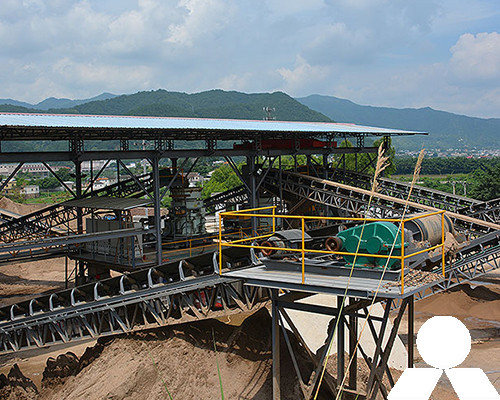Artificial Sand Making Process Manual PDF
Artificial sand is a type of sand that is produced by crushing or grinding natural materials such as rock, slag, or recycled materials. It is used in a variety of applications, including concrete, asphalt, and construction.

This manual provides a detailed overview of the artificial sand making process. It covers the following topics:
- Raw materials
- Crushing
- Screening
- Washing
- Drying
- Storage
Raw Materials
The raw materials used to produce artificial sand can vary depending on the desired properties of the finished product. Common raw materials include:
- Rock: Rock is the most common raw material for artificial sand. It can be crushed to produce a variety of sand sizes and shapes.
- Slag: Slag is a by-product of steel production. It is a good source of iron oxide, which can improve the strength of concrete.
- Recycled materials: Recycled materials, such as glass, concrete, and asphalt, can be used to produce artificial sand. This is a sustainable way to reduce waste.
Crushing
The first step in the artificial sand making process is crushing the raw materials. This can be done using a variety of crushers, such as jaw crusher, cone crusher, vsi crusher and impact crusher. The type of crusher used will depend on the desired size and shape of the finished sand.
Screening
After crushing, the sand is screened to remove any oversized or undersized particles. This ensures that the sand is uniform in size.
Washing
The sand is then washed to remove any impurities, such as dirt, clay, or organic matter. This is important to ensure that the sand meets the required quality standards.
Drying
If the sand is wet, it is dried to a moisture content of 5% or less. This is important to prevent the sand from clumping together.
Storage
The dried sand is then stored in a stockpile or silo until it is ready for use.
The artificial sand making process is a versatile and efficient way to produce sand for a variety of applications. By following the steps outlined in this manual, you can produce high-quality artificial sand that meets your needs.
Additional Information
In addition to the information provided in this manual, there are a number of other resources available to help you learn more about artificial sand making. These resources include:
- Industry associations: Industry associations, such as the American Society for Testing and Materials (ASTM), can provide information on standards and specifications for artificial sand.
- Government agencies: Government agencies, such as the U.S. Environmental Protection Agency (EPA), can provide information on environmental regulations for artificial sand production.
- Trade publications: Trade publications, such as Concrete Construction magazine, can provide articles and news on artificial sand making.
By using these resources, you can gain a deeper understanding of the artificial sand making process and ensure that you are producing high-quality sand that meets all applicable requirements.









